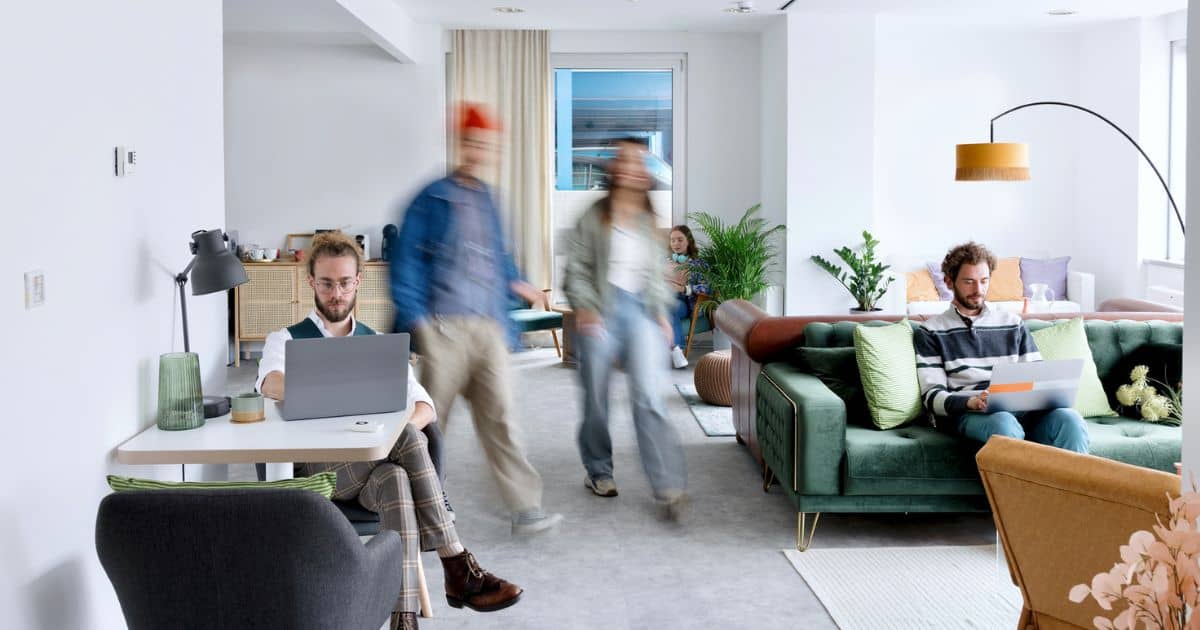The Ultimate Guide To An Agile Workspace

A flexible working environment that is both comfortable and functional for employees, visitors, and clients alike is the key to a successful business. And while designing a practical office interior design might sound overwhelming, the concept of an agile workspace has changed the game.
Continue scrolling to learn more!
What Is An Agile Office?
Agile workspaces are designed around complete flexibility. Unlike traditional layouts where each employee is assigned a specific desk, agile working allows people to pick and work in a setting that suits their activities best and, therefore, assists them in completing their tasks efficiently, with the provision of all the right tools and technology.
The Pros And Cons of An Agile Workspace
Every business has a personalized culture and unique needs. So before you adopt an agile work environment in your office renovation, it is important to go through the pros and cons to make the best decision for your company.
Pros
- The freedom to move around improves collaboration.
- A flexible work environment increases employee retention.
- Encouraging workers to complete tasks on their own terms raises employee satisfaction.
- Allowing employees to choose the space where they want to work boosts productivity and motivation levels.
- Facilities like hot desking help maximize space.
Cons
- Agile working may result in a poor work-life balance.
- The lack of digital skills may hinder employee performance.
- Workers may feel isolated.
Types of Agile Workspaces
To fully implement the idea of agile working, it is essential for your office space planning to include a variety of shared spaces that employees can freely move between according to their desired preferences and comfort level.
Below are a few examples you can consider adding.
- Meeting rooms – areas reserved for confidential conferences.
- Quiet zones – areas where employees can disconnect from the distractions and noise of the office to focus on important tasks.
- Touchdown spaces – informal areas of an office that allow workers to connect their laptops and tackle quick tasks like replying to an email or attending a work call.
- Resource rooms – areas equipped with bulky technology (like scanners, printers, office supplies, etc.) to keep such resources within reach without creating any noisy disturbances.
- Break rooms – spaces with soft and comfortable furnishings to encourage employees to stay active and provide an area where they can recharge or even conduct informal meetings with their colleagues.
Ready To Empower Your Team?
Moving toward an agile workspace is much more than just transforming the physical space — it requires a complete shift in organizational thinking and the strong support of a team ready to accept change.
If you’re all set to upgrade your traditional office into a flexible work area, make sure to check out our office interior design portfolio for inspiration or contact us for direct advice and guidance!
